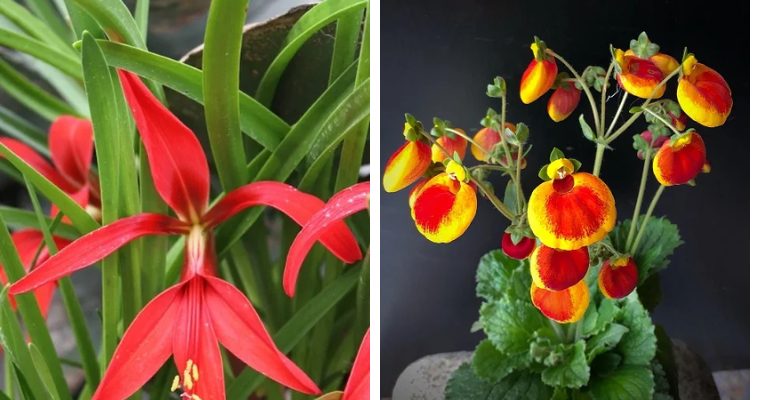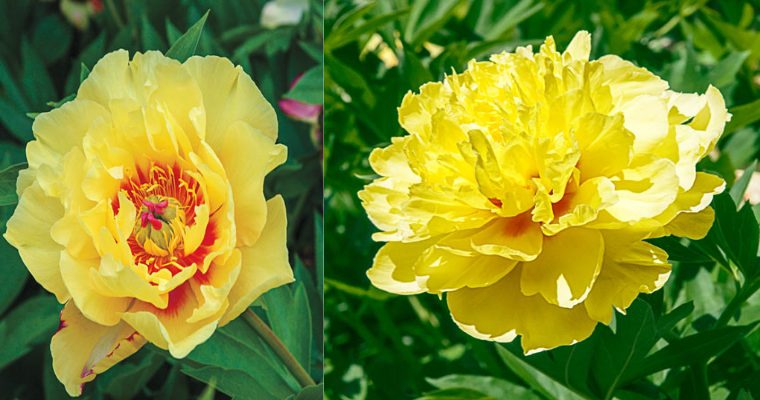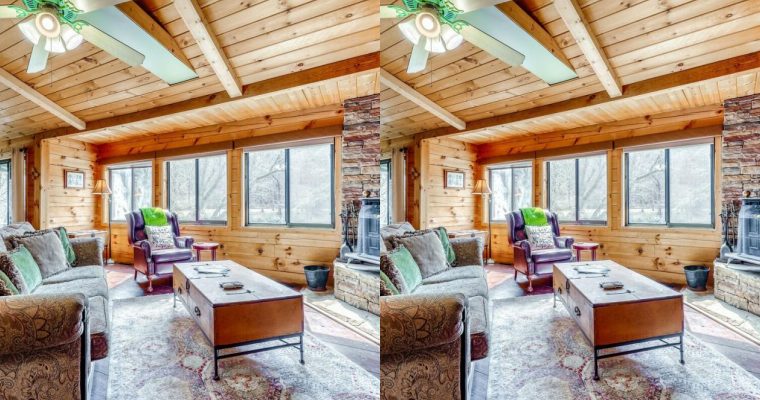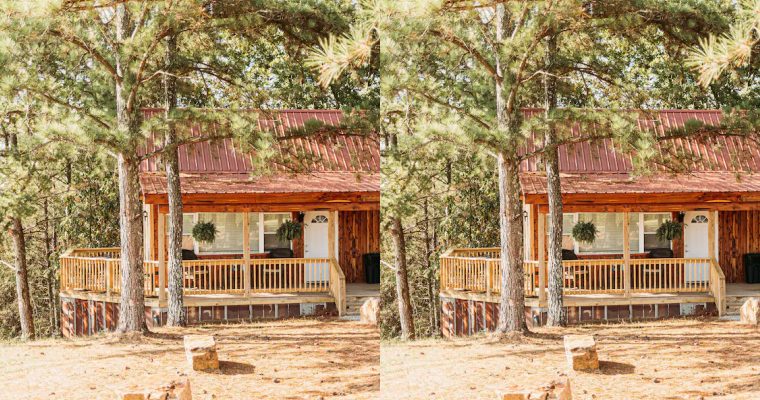Available in countless shapes and colors, caladiums are a top choice for shady garden beds or containers. Their bold, tropical foliage looks stunning from early summer to frost. Caladium grows from tubers planted just below the soil surface.
Growing conditions: Full sun to full shade (depending on variety) in well-drained, evenly moist soil
For best effect, always plant caladiums in groups or drifts. They’ll look fuller and add more color, plus they’ll help support each other in high winds. Here, a mixed group of pink, white and green caladiums is paired with another shade lover, browallia ‘Endless Illumination’.
Canna
As versatile as they are beautiful, cannas are one of the best plants to use if you need to screen a view or provide quick privacy. Aside from its tall height, the canna’s large, paddle-shaped leaves will block all vision. Here, a clump of Tropicanna canna lines a driveway. Dwarf cannas, which grow two to four feet tall, are a good choice for smaller landscapes.
Hosta

These shade-loving perennials will brighten up even the dullest spot with their beautiful foliage. Depending on the variety, hostas can produce blue, chartreuse, emerald green and variegated leaves. Wavy spikes of pink, lavender or white flowers are a bonus burst of color in summer.
Coleus

Once only a shade plant, new varieties of coleus have been developed to grow just as well in the sun as they do in the shade. Coleus come in an astonishing array of solid and mixed colors such as purple, red, orange, pink and yellow. Almost foolproof, coleus are easy to grow, but they can get thirsty and need extra water during dry spells.
Coleus is a versatile landscape plant that works just as well in beds and borders as it does in pots and planters. Just read the label before you buy to make sure you get the right variety for your lighting conditions. Some varieties still grow best in shade, while others can handle both sun and shade. Coleus work well with plants that have flowers in complementary colors, such as fuchsia.


























